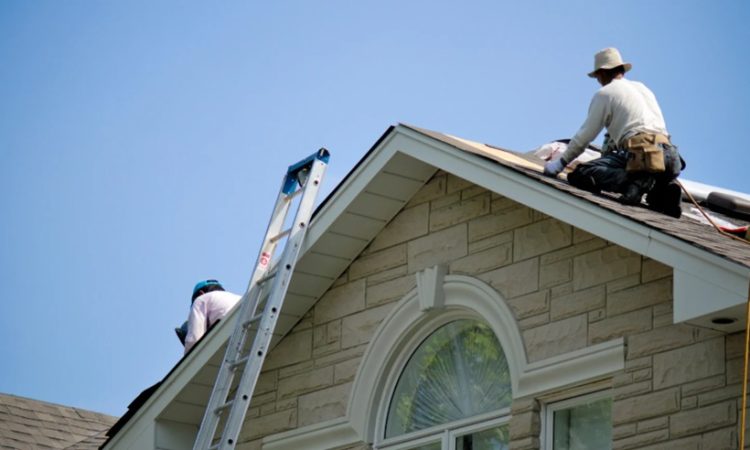
A roofing project might appear straightforward on the surface, but there’s far more to the process than installing shingles and sealing joints. Behind the scenes, an experienced roofing contractor in Marietta is navigating a maze of building codes, inspection timelines, and municipal permitting requirements to ensure your project complies with local regulations. When handled properly, this process is smooth and efficient and keeps your home protected and code-compliant.
Here’s how roofing professionals streamline permitting and maintain full compliance from project start to finish.
Navigating Local Building Codes
Every city and county has its own building codes that dictate everything from fire resistance ratings to underlayment types and roof slope requirements. A professional contractor knows how to align your project with these rules based on years of hands-on experience.
Before work begins, they assess your roofing structure, verify required updates, and integrate all necessary code standards into the installation plan, helping you avoid inspection failures and expensive rework.
Permit Submission and Approval Process
Obtaining a roofing permit isn’t just paperwork—it requires clear documentation of the proposed materials, scope of work, license details, and sometimes engineering reports. Contractors typically handle this process on your behalf, submitting everything through local permitting systems and staying in touch with city officials.
Their familiarity with municipal offices ensures faster approval, fewer revisions, and greater efficiency throughout the entire timeline.
Inspections and Quality Assurance
Once a permit is issued, roofing projects often require one or more inspections to ensure proper execution. Experienced contractors coordinate directly with inspectors, ensuring every step—from tear-off to final nailing—meets required standards.
Being a GAF-certified roofing contractor also brings added assurance. These professionals follow manufacturer-backed best practices, which not only support code compliance but also ensure long-term roof performance and extended warranty eligibility.
Handling Unexpected Compliance Issues
During roof replacements, contractors sometimes uncover issues like outdated decking, improper venting, or hidden structural problems. These need to be addressed immediately to maintain compliance and protect your investment.
Professionals come prepared with contingency plans and approved materials to resolve these problems quickly—minimizing delays while maintaining transparency with the homeowner.
The Role of Specialized Services
Roofing contractors that offer full-spectrum roofing services often go beyond just the build. They may include consultation, documentation prep, post-project inspections, and even support with HOA guidelines and insurance claims.
This all-inclusive approach removes the burden from the homeowner and ensures that nothing gets missed—from paperwork to punch lists.
Conclusion
A successful roofing project doesn’t just look great—it follows every regulation and passes inspection the first time. Hiring a qualified roofing contractor means putting your project in the hands of someone who understands permits, codes, and compliance from every angle. With added benefits like industry certifications, responsive communication, and comprehensive service offerings, the right contractor delivers both quality workmanship and peace of mind.
Ultimately, choosing a contractor who prioritizes compliance is a decision that protects both your investment and your safety. Whether it’s a full roof replacement or a minor repair, proper permits and code adherence are not optional—they are essential. When handled efficiently, they set the foundation for a roof that’s not only durable and attractive but also legally sound and built to last.




